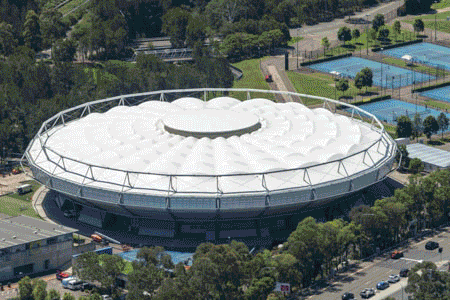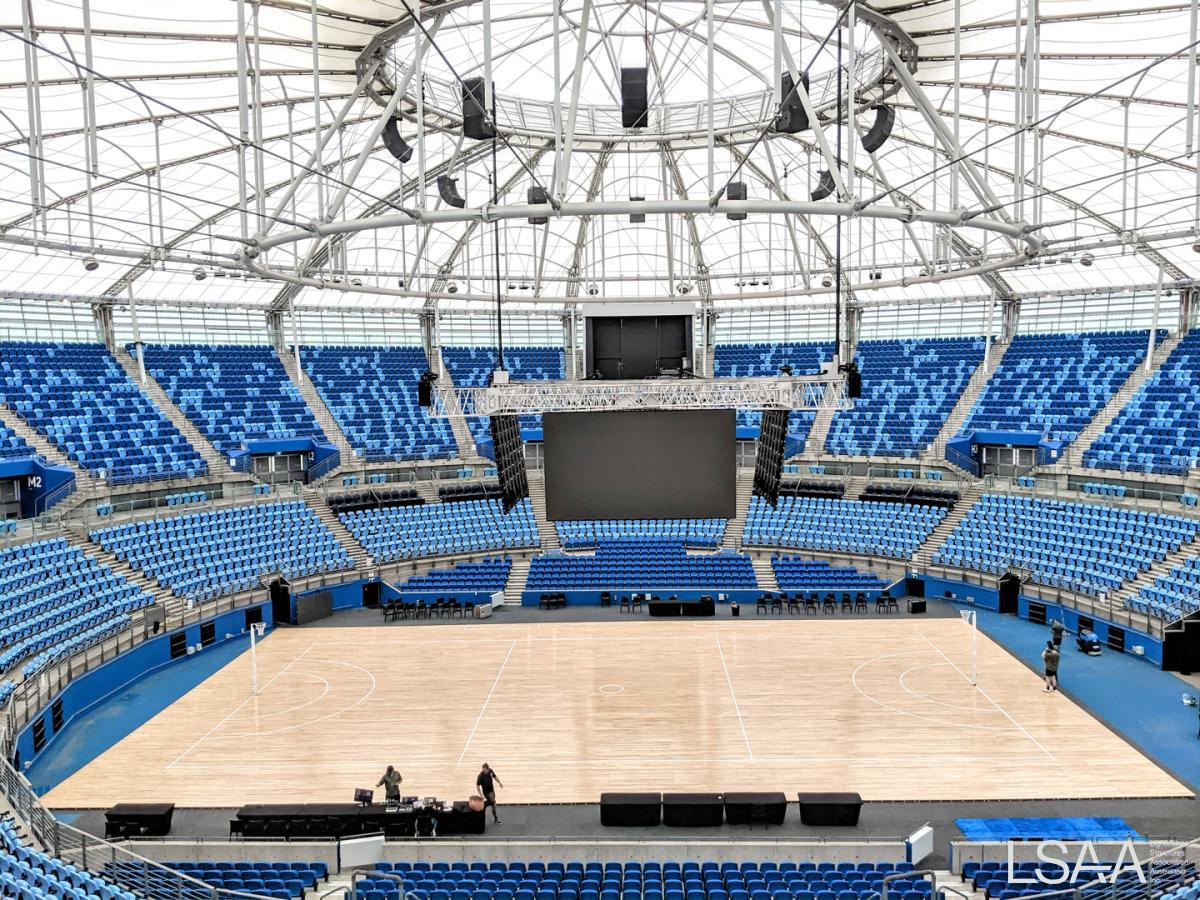A Draft Report "Guide to Preparing a Performance Solution for Fabric" was issued to the LSAA in 2019 and can be viewed by current financial members of LSAA after login.
The LSAA Fire sub-committee engaged the services of an external specialist consultant to report on the fire performance and regulations when architectural fabrics are used.
Many PVC and PTFE architectural coated fabrics which are available on the Australian market perform very well in fire. They do not contribute a significant fuel load nor the generation of toxic gases beyond typical furnishings in modern buildings.
However, for many uses they do not comply with the Deemed-to-Satisfy Provisions of the National Construction Code, Building Code of Australia (the BCA). This is because they are deemed combustible when tested in accordance with the referenced Australian Standard AS 1530.1 - 1994.








